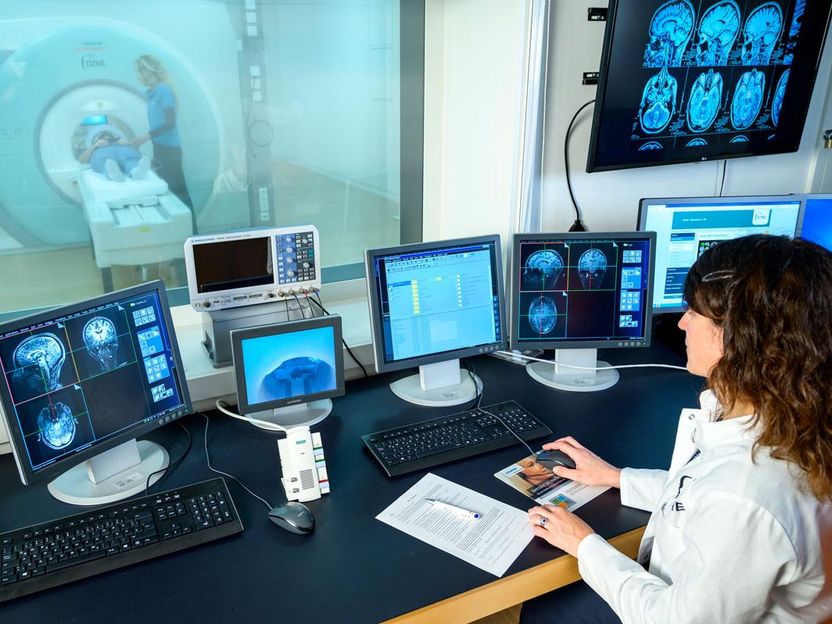Mayo researchers find obesity key
Study reveals mechanism that adjusts fat burning
Advertisement
Mayo researchers collaborating with investigators at the University of Iowa, University of Connecticut and New York University (NYU) have discovered a molecular mechanism that controls energy expenditure in muscles and helps determine body weight. Researchers say this could lead to a new medical approach in treating obesity. The findings appear in Cell metabolism.
The energy-saving mechanism is controlled by ATP-sensitive potassium (KATP) channels. These particular channels can sense ATP pools and regulate heart and skeletal muscle performance accordingly. Animals lacking this energy-saving mechanism burn more stored energy by dissipating more heat when at rest or when normally active. As in humans, excess energy from food is stored as glycogen or fat that could be converted into ATP according to energy demand. Eliminating the KATP channel forces the body to use energy less efficiently, consuming more and storing less gaining low weight, even when on a high-calorie "Western" diet.
"While mechanisms that preserve energy are naturally protective — in times of food shortage or environmental stress — they promote obesity in a sedentary, modern society," says Alexey Alekseev, Ph.D., Mayo Clinic electrophysiologist and first author of the study. "Our findings suggest that therapeutic targeting of the KATP channel function, specifically in muscle, could offer a new option for obese patients with lower capacity for exercise."
Dr. Alekseev and his colleagues suspected that the KATP channel could control energy expenditure. To test the hypothesis, they studied genetically modified mice in which the KATP channel had been inactivated in the whole body or muscle tissues. They compared these mice to normal mice and found that as early as 5 months of age, the modified mice were leaner and stayed that way throughout their life span.
Researchers compared activity patterns, hormone levels, food intake, and respiratory gas exchange while at rest and under moderate exercise. A hallmark of the study was the discovery that activity in the absence of the KATP channel function resulted in increased consumption of carbohydrates and lipids. That, in turn, led to enforced burning of glycogen and stored body fat.
"By sensing cellular energy content, KATP channels continuously, at any activity level, optimize energy use and define the balance between energy availability and consumption," explains Dr. Alekseev. "In principle, a positive energy balance favoring weight gain could be reversed by targeting muscle KATP channels to control obesity in patients with low to moderate exercise capacity imposed by the overweight state."



















































